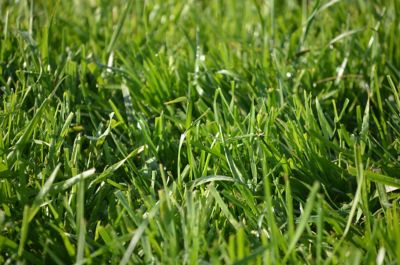Label changes for clopyralid on grassland

Labels have now changed for clopyralid containing products used on grassland (broadacre treatments).
Any such products covered by the previous MAPP numbers, and which are already on farm, can be used until 31st October 2023.
The changes on the new labels are important and we would ask that the restrictions of the new MAPP labels are observed and used for the previous labels too.
The label changes are designed to mitigate against the risk of herbicide residues ending up in manures and composts which might be used where sensitive plants are grown.
Key reasons for the changes now:
1. Manure is more likely to be leaving the farm of production for use elsewhere as interest in its use grows. For example, peat-based composts are being phased out and new raw materials are being substituted in such as animal manures.
2. Use of mulches and not digging in manures is practiced by a growing number of gardeners, which can lead to longer break-down times of plant material and any clopyralid residues, if present.
Corteva products affected by these label updates:
For a summary of new label restrictions, please review the label per product from the list below.
Thistlex® / Prevail® / Pas®· Tor®1 Agronomy Pack / Leystar® / Dingo® / Shield Pro™
1 If Pas and Tor are used as straights, rather than tank-mixed, the clopyralid restrictions only apply to the use of Tor.
Newly sown leys (<12 months old) and established grassland (>12 months old)
- Do not use on grassland that will be grazed by horses or ponies
- Fresh Grass, Silage, Hay or Haylage for feed/fodder or bedding can be cut 12 or more Months After Treatment (MAT)
- Any of these crops harvested in the calendar year following the calendar year of treatment must stay on the farm and must go back onto agricultural grassland, cereals, or maize
- Manure*, subsequently produced from animals fed on this, must stay on the farm and must go back onto agricultural grassland, cereals, or maize
- Manure* produced from animals grazed on treated grassland must stay on the farm
- Treated plant material can be used 12 or more MAT for composting or mulching, but must go back onto agricultural grassland, cereals, or maize
- Manure*, from animals fed on treated crops, can be used for composting or mulching, but must go back onto agricultural grassland, cereals, or maize
*Under no circumstances should this manure be supplied to gardeners, allotment holders, or commercial compost producers i.e. there must be no off-farm sale or supply, as sensitive plants may be affected by clopyralid residues in the manure.